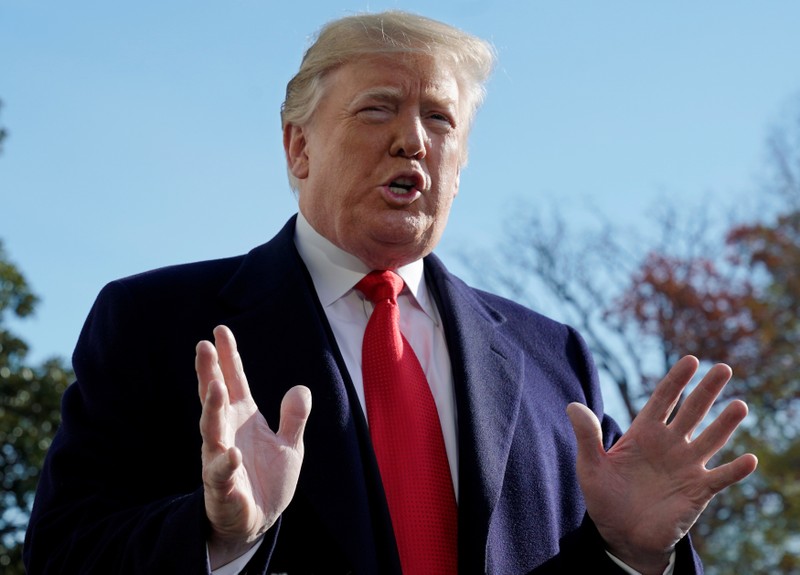
FILE PHOTO: Oil pumps are seen after sunset outside Vaudoy-en-Brie, near Paris, France November 14, 2018. REUTERS/Christian Hartmann
November 29, 2018
By Amanda Cooper
LONDON (Reuters) – Oil reversed course and rose on Thursday, after industry sources said Russia had accepted the need to cut production together with OPEC.
The price is still set for its biggest monthly fall since the depths of the financial crisis in 2008, having lost more than 22 percent so far in November.
A seemingly relentless rise in U.S. crude supply, together with Saudi Arabia’s insistence that it will not cut output on its own to stabilize the market, earlier sent Brent crude to a fresh 2018 low below $58 a barrel.
The Russian Energy Ministry held a meeting with the heads of domestic oil producers on Tuesday, before a gathering in Vienna of the Organization of the Petroleum Exporting Countries and its allies on Dec. 6-7.
“The idea at the meeting was that Russia needs to reduce. The key question is how quickly and by how much,” said one source familiar with the talks between Russian oil firms and the ministry.
Brent crude futures were last up 45 cents on the day at $59.25 a barrel, off an earlier session low of $57.50, while U.S. crude futures gained 75 cents to trade at $51.04.
Russian President Vladimir Putin, whose country is the world’s second biggest oil producer, said on Wednesday he was in touch with OPEC and ready to continue cooperation on supply if needed, but he was satisfied with an oil price of $60.
U.S. crude inventories hit their highest in a year, and are now only 80 million barrels below March 2017’s record 535 million barrels, according to the Energy Information Administration.
“WTI oil is now trading right around the $50 per barrel level, a price last seen well over a year ago, as the current oversupply situation has now manifested itself in 10 consecutive weekly increases in U.S. oil inventories,” said William O’Loughlin, investment analyst at Australia’s Rivkin Securities.
“We have seen huge increases in supply and the demand picture is in question. However, we might see some movement on global trade issues at the G20 meeting which starts on Friday,” said Michael McCarthy, chief strategist at CMC Markets and Stockbroking.
Investors in commodity markets are looking ahead to the meeting of leaders of the Group of 20 nations (G20), the world’s biggest economies, on Nov. 30 and Dec. 1, with the U.S.-China trade war a key focus.
(Additional reporting by Jane Chung in SEOUL and Naveen Thukral in SINGAPORE; Editing by Jan Harvey, Adrian Croft and Kirsten Donovan)

